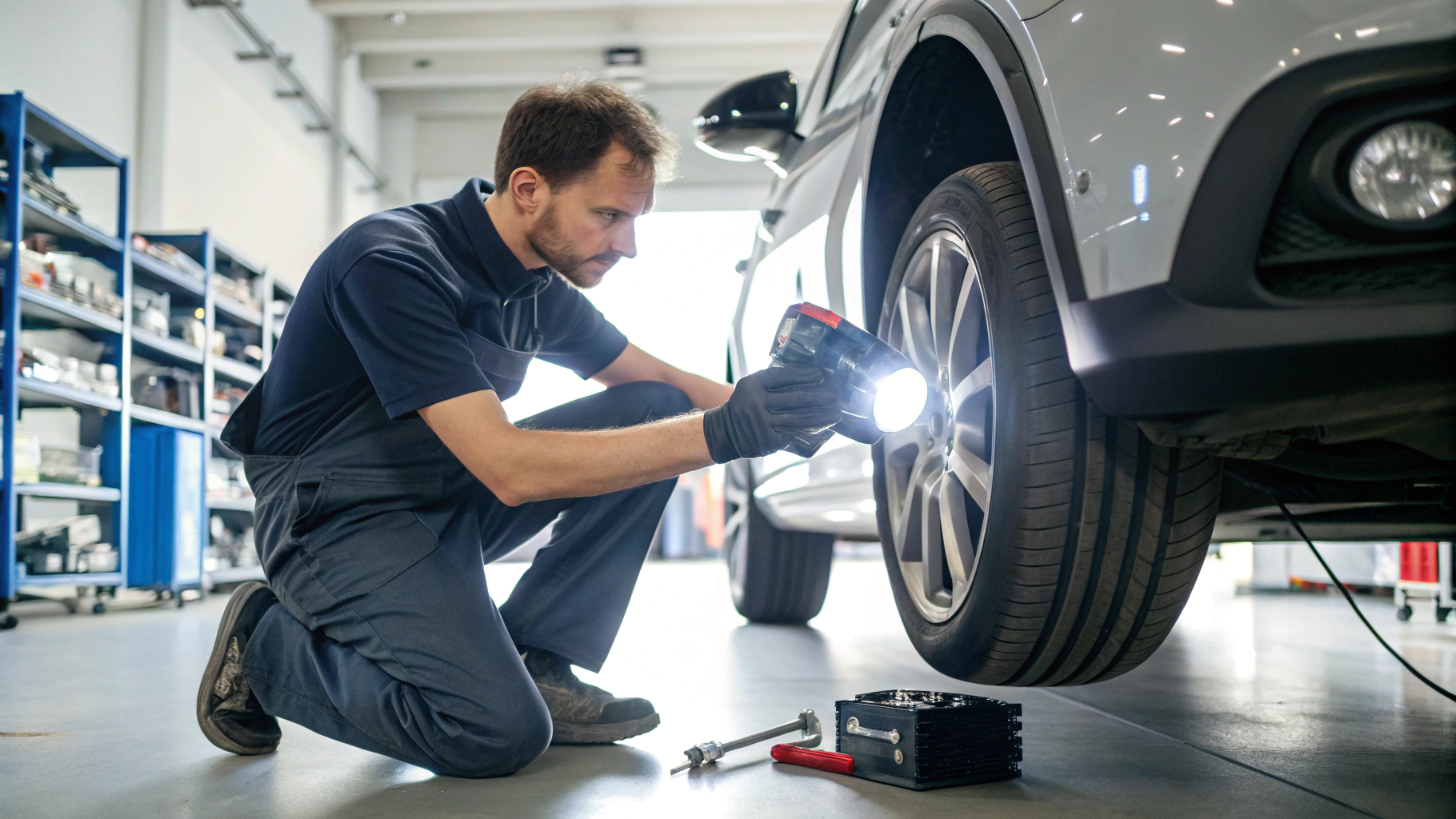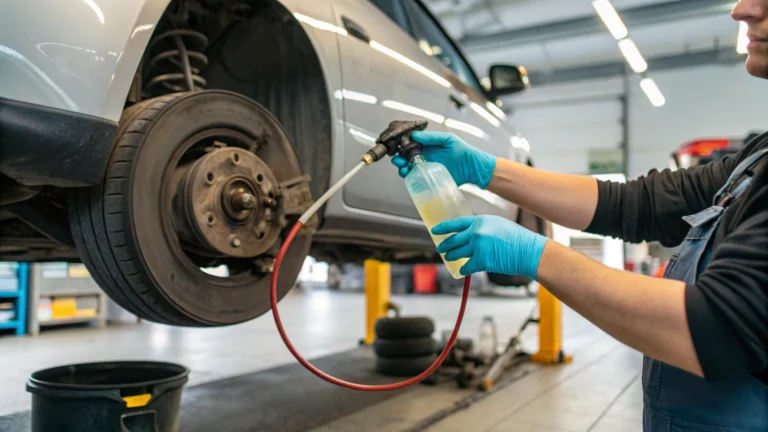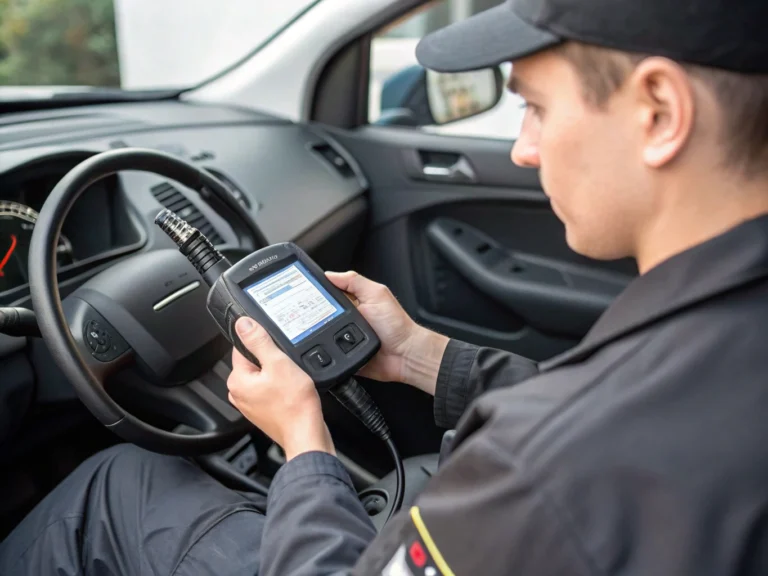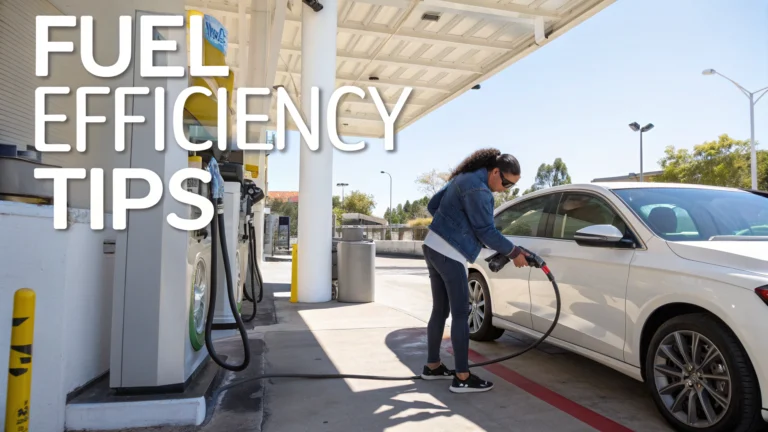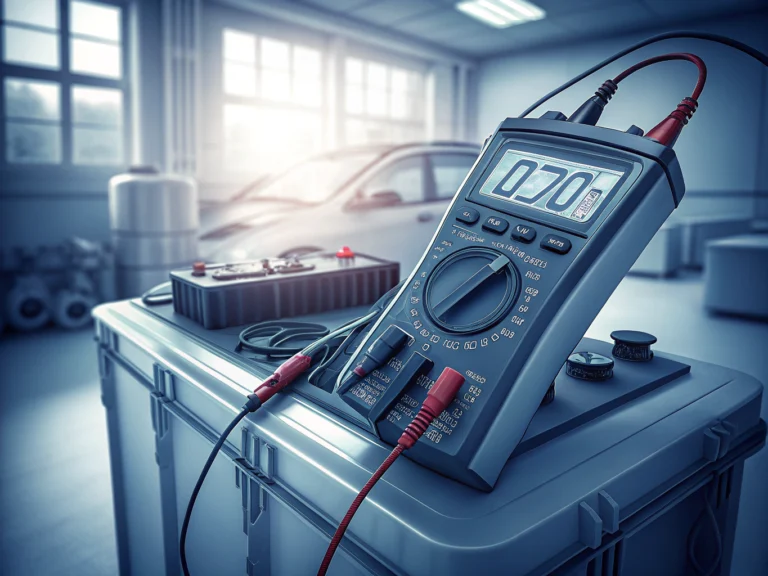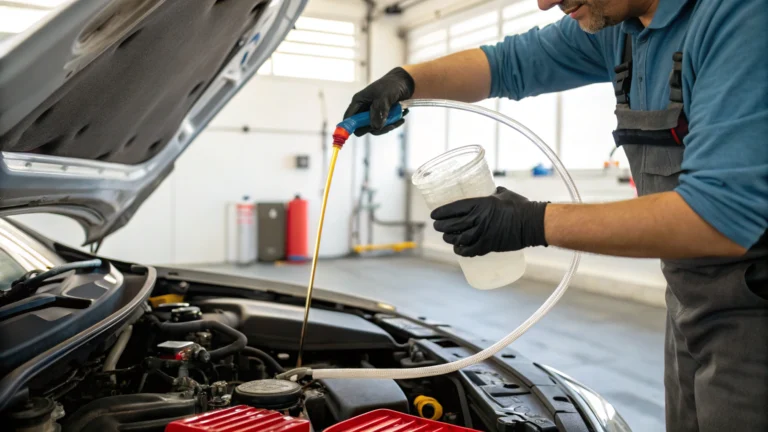Brake Pads Last Longer: Discover Key Signs & Proven Tips
Table of Contents
When it comes to vehicle maintenance, understanding how long brake pads last is crucial. Proper brake pad care ensures not only safety but also longevity of your vehicle’s brake system.
In this article, we explore everything you need to know to make your brake pads last longer, including signs of wear, factors affecting lifespan, and tips for maintenance.
How Long Do Brake Pads Last?
Brake pads are designed to wear down gradually as they’re used. This natural wear is necessary for them to perform their function – creating friction to stop your vehicle. But exactly how long do brake pads last? Let’s explore this important question.
Average Brake Pad Lifespan
Typically, brake pads last between 30,000 and 70,000 miles. However, this range can vary significantly based on several factors. Some drivers might need to replace their brake pads as early as 20,000 miles, while others might get 80,000 miles or more from a single set.
The lifespan of brake pads depends heavily on the material they’re made from. Organic brake pads usually wear faster but provide smoother braking. Semi-metallic brake pads tend to last longer but may be noisier. Ceramic brake pads often offer the best balance of longevity and performance but come at a higher price point.
Factors Affecting Brake Pad Lifespan
Several key factors determine how long your brake pads last:
Driving Habits: Aggressive driving with frequent hard braking significantly reduces brake pad life. Gentle, anticipatory driving can help brake pads last much longer.
Driving Environment: City driving with frequent stops wears brake pads faster than highway driving. Similarly, mountainous or hilly terrain causes more wear than flat roads.
Vehicle Weight: Heavier vehicles require more braking force, causing brake pads to wear more quickly. This is why SUVs and trucks often need brake pad replacements sooner than lighter cars.
Quality of Brake Pads: Higher quality brake pads generally last longer than budget options, though they may cost more initially. This investment often pays off through extended lifespan.
When to Replace Brake Pads
Knowing when brake pads need replacement is critical for safety. Waiting too long can damage other components like rotors, leading to more expensive repairs. Here are the key indicators that your brake pads need attention.
Signs of Worn Brake Pads
Squealing or Squeaking Noises: Many brake pads feature a wear indicator that creates a squealing noise when the pad material gets thin. This sound is an early warning system designed to alert you before complete failure.
Reduced Braking Performance: If your vehicle takes longer to stop or if you need to press the brake pedal harder than usual, your brake pads might be worn out. This decreased efficiency is a serious safety concern.
Vibration When Braking: Feeling vibration or pulsation through the brake pedal often indicates uneven wear of brake pads or warped rotors. This requires immediate attention from a professional.
Visible Thinning: On many vehicles, you can visually inspect brake pad thickness through the wheel spokes. If the pad appears less than ¼ inch thick, replacement is needed soon.
Time to Replace
Most manufacturers recommend replacing brake pads when they’ve worn down to about 3-4 millimeters thickness. Waiting until they’re completely worn out can damage the rotors, which are much more expensive to replace than the pads themselves.
It’s also worth noting that brake pads should always be replaced as a complete axle set (both front wheels or both rear wheels) even if only one side shows significant wear. This ensures balanced braking performance across your vehicle.
Tips to Extend Brake Pad Lifespan
With proper care and driving habits, you can significantly extend how long your brake pads last. Here are some proven techniques to get more miles from your brake pads.
Brake Maintenance Tips
Regular Inspections: Have your brake system inspected regularly, ideally with every oil change. Early detection of issues can prevent more serious problems later.
Flush Brake Fluid: Brake fluid absorbs moisture over time, which can corrode components and reduce braking efficiency. Most manufacturers recommend flushing and replacing brake fluid every 2-3 years.
Flush Brake Fluid periodically to keep braking components functioning effectively.
Clean Brake Components: If you live in areas with road salt or heavy dust, occasional cleaning of brake components can prevent corrosion and uneven wear patterns.
Best Practices for Longer-Lasting Brake Pads
Practice Smooth Driving: Anticipate stops to avoid hard braking. Maintain a good distance from the vehicle ahead to give yourself time to brake gradually.
Use Engine Braking: When approaching stops, especially downhill, downshift to let the engine help slow the vehicle before applying the brakes. This technique significantly reduces brake wear.
Reduce Vehicle Weight: Remove unnecessary heavy items from your vehicle. Extra weight means your brakes need to work harder to stop, accelerating pad wear.
Choose Quality Replacement Parts: When it’s time to replace brake pads, investing in higher quality options often results in longer life and better performance. The initial cost difference usually pays for itself through extended service life.
Understanding how long brake pads last and practicing these maintenance tips not only saves you money but ensures your vehicle remains safe to drive.
Remember that brake pad lifespan varies widely based on individual circumstances, but being attentive to the warning signs and following these best practices will help you maximize their service life while maintaining optimal safety on the road.
As an Amazon Associate we earn from qualifying purchases.
Shop Related Products:
- Find brake pads on Amazon
- Find brake rotors on Amazon
- Find brake calipers on Amazon
- Find brake fluid on Amazon
- Find brake pad replacement tools on Amazon
Frequently Asked Questions
How long do brake pads typically last?
Brake pads usually last between 30,000 to 70,000 miles depending on driving habits and brake material.
What factors affect how long brake pads last?
Driving style, type of brake pads, vehicle weight, and driving conditions all impact pad longevity.
How can I tell if my brake pads need changing?
Common signs include squealing noise, reduced braking performance, and brake warning light.
